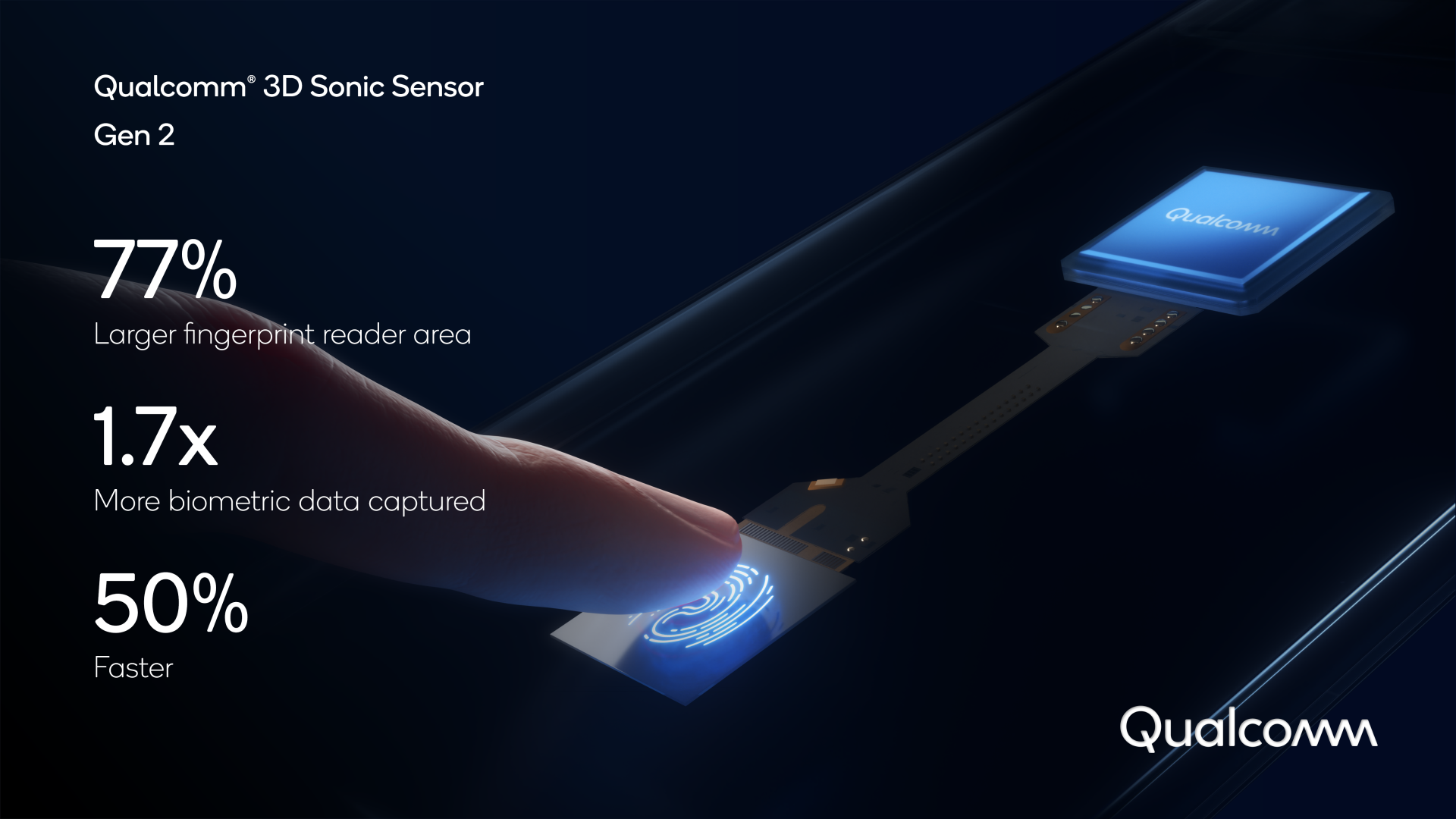Qualcomm is ploughing through with ultrasonic fingerprint-sensing technology as it introduces its second-generation 3D Sonic Sensor. The chip, set to go out into smartphones in the extreme near0future, features a reading surface that's 77% larger than the original and better processing that should result in 50% faster scans. However, something that hasn't been addressed here and has been challenged multiple times is the reliability factor.
The company hasn't been able to get a standout win with consumer-facing advanced biometrics — competitors have been working on optical fingerprint sensors and time-of-flight sensors for detailed facial scans — since it began pushing ultrasonic sensors the past 5 or so years. Most notably, its technology came under heavy scrutiny when those who put screen protectors on their devices were prone to higher false positive rates.
Qualcomm did remedy that bug in quick order and then tried to quell doubts by offering a supersized sensor with about 17x the surface area, but with the same brains. Prohibitive pricing, though, seems to have put the kibosh on meaningful adoption for the 3D Sonic Max.
So, the chipmaker's gone back to basics and bettered them. Samsung has been a saving grace by adopting the 3D Sonic Sensors in all of its S10, Note10, S20, and Note20 phones, but the new sensors will need to survive another round of nerd spotlight post-release and then gain ground with other Android OEMs lest the R&D get written off.
Source: Qualcomm

